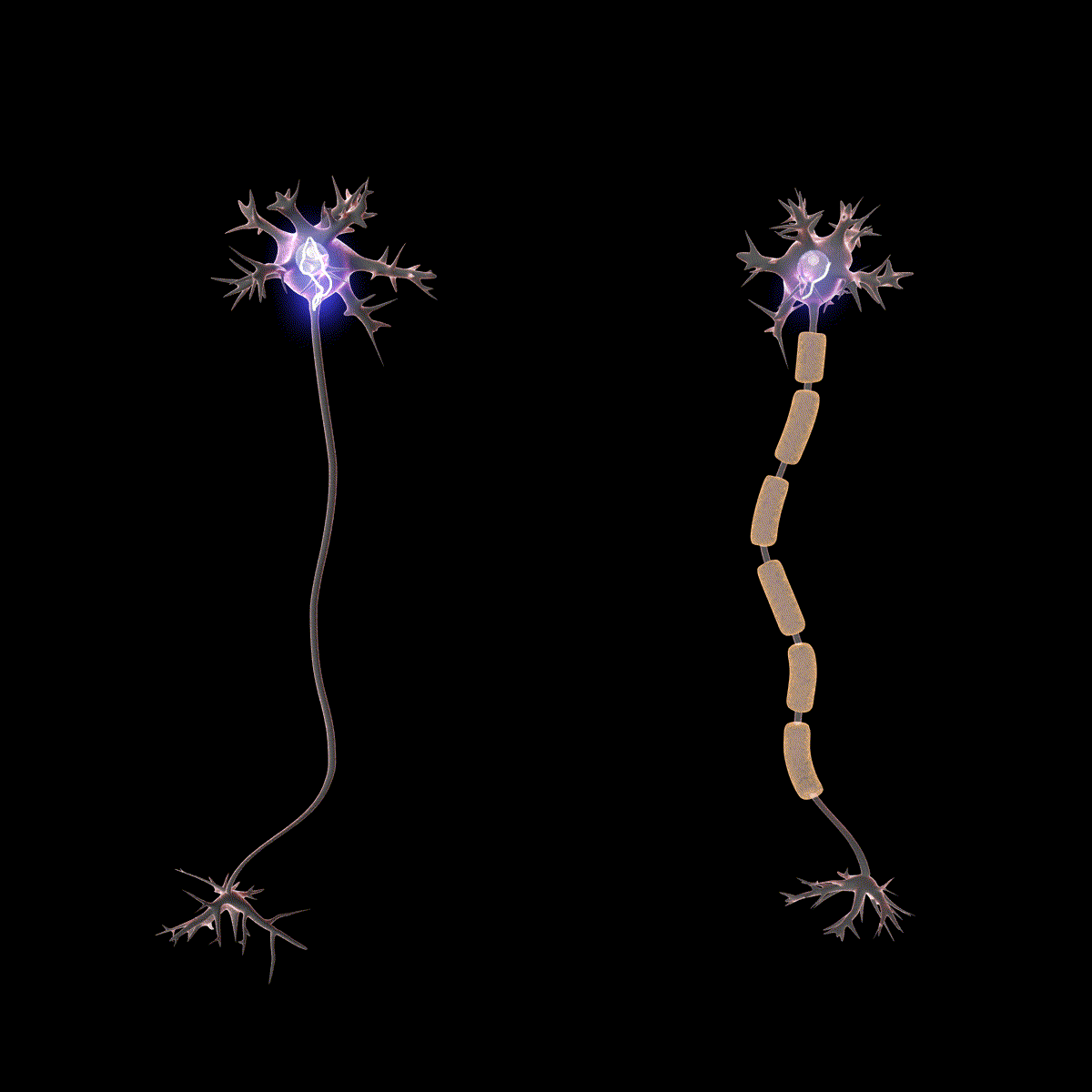
integrating the science of expert performance and practice with modern ski racing
RAPID SKILL ACQUISITION for the Modern Athlete
How the Brain Learns
Your brain is “plastic” in the best sense of the word, meaning it can change and adapt for its surroundings and experiences. When learning new skills or techniques, neurons make new connections to other neurons creating a new neural circuit in our brains. It is not a big surprise that you are often awkward and slow when you try something completely new because the brain is creating a new neural circuit for that skill. Imagine stepping out onto an ice skating rink for the first time. The brain has no skiing circuit so it must create a new one by getting neurons that have never interacted to work together. Every human skill, whether it’s charging the Streif in Kitzbuhel to sewing on a button is created by chains of nerves relaying a small electrical impulse; a simple signal traveling through a circuit. Imagine being a first time skier. The first time you ski there is no circuit in your brain to tell you what do or what muscles to use. No evolutionary circuit exists for skiing. No cave man ever needed it to ski away from a tiger. However, you are skiing, and neurons are firing together that have never had to before. You are in every sense building and learning. The neural circuit that now exists is easier to use than building a new circuit the next time you step on the slope. Once the circuit exists the brain starts to strengthen and reinforce that neural circuit by frequency and recency of use.
This process is called myelination. Myelination is the process of adding a white fatty substance to the circuit that insulates the neuron. Myelin helps you improve by making your skiing circuit faster. Get better with more experience equals adding more myelin. Myelin’s role is to wrap those nerve fibers similar to the way that rubber insulation wraps an extension cord, making the signal clearer, stronger, and faster by limiting the electrical impulses from leaking out. A neural circuit that has been myelinated can fire up to 200 times faster than a non-myelinated circuit. Imagine comparing the neural circuit of a beginning skier to the circuit of a schooled and practiced World Champion.
Our brains are hardwired for efficiency. If two circuits are available, it will default to using the fastest, most efficient one; in other words, the most myelinated. This circuit, the one with increased bandwidth, is known as a habit or skill. Your brain does not care that you are executing a good or bad habit, it does not know the difference. Your brain just wants to use the circuit that is fast efficient and has been used before. So, when you work on a new technique, your brain learns it and creates a new neural circuit. Therefore it is crucial that when you begin learning a new skill, that it is practiced error free. When you practice that technique, your brain adds myelin to reinforce it. The more you practice that technique, the more myelin is added. The more myelin there is, the more that technique becomes automatic—the default.
“Practice makes Perfect” is misleading statement. Practice makes myelin, and myelin makes a Habit/Technique. The problem is that the myelinating process does care if it is a good or bad habit. Every run that you make with poor technique reinforces the poor technique. Only careful, error-correcting practice makes perfect.
A Myelinated Nerve is up 200x faster and more efficient

Here are Some Basic Rules of Myelination:
-
The myelination process is a reaction. It responds best to short intense bursts of focus. The process pays attention to what you pay attention too.
-
Myelination only works one way. The brain cannot unmyelinated or unwrap a circuit. So this is why it is so important to correct bad habits/technique immediately. If you continue to use a neural circuit that is associated with a bad habit the brain will continue to add myelin and reinforce the habit. The brain has no way of knowing which circuit is good or bad. It just adds myelin to the one that is used the most. Still rotating at the bottom of the turn? Well the simple answer is that’s the neural circuit that has been myelinated
-
We all have roughly the same amount of myelin. Scientists have found that the amount of myelin does not vary between people. Our brains produce roughly the same amount of myelin. All athletes have the same potential “talent”. The main difference between top performers is how they have been able to myelinate and focus on the correct circuits.
-
The myelination process slows with fatigue. Neural systems fatigue quickly, actually within minutes. With three to five minutes of sustained activity, neurons become less responsive. They need a rest (not unlike your muscles when you lift weights).
-
Insufficient sleep affects formation of myelin. Six 6 hours of sleep is the minimum time needed to produce results. The components of myelin are replenished with good sleep that contains both Rapid-Eye-Movement (REM) and Deep Sleep. When your sleep stem cells are stimulated, they make oligodendrocytes which help to form more myelin. The opposite effect occurs while you are awake.
-
Refreshing the Correct Circuit. Myelin is dynamic tissue. It builds with more practice. There is no process to unmyelinated or unlearn something. However, myelin will decay slowly without practice. It is thought that myelin begins to degrade after about 12 weeks. This means that 90-120 days is the most amount of time that you can afford to not fire a specific circuit before it starts to be compromised. This is why you may feel moderately rusty after a few days of no practice but take months or years off and it feels like starting from ground zero.
